Frame work: the making of KBH and Dedar’s sofa
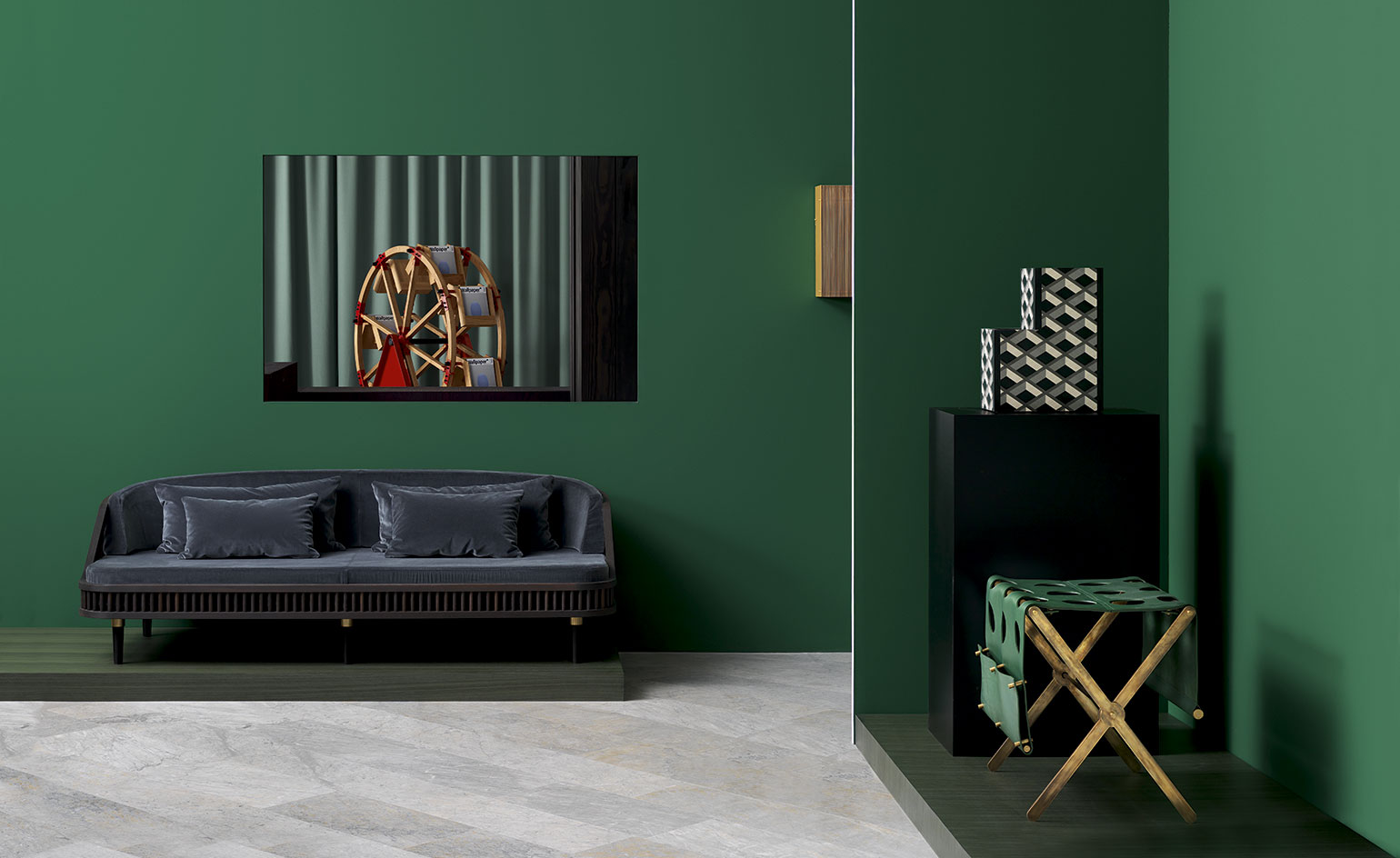
Kheim Dolva and Søren Bech Jespersen set up Københavns Møbelsnedkeri, otherwise known as KBH, in 2006 in the old industrial neighbourhood of Islands Brygge in Copenhagen. In the past decade, they have seen the area transform from a neglected dockland area to a hip district, awash with galleries and cutting-edge design offices.
Dolva, a trained guitar maker with a background in graphic and web design, and Bech Jespersen met at a cabinet-making course and decided to go into business together on their graduation day. Driven by a common passion for craftsmanship, perfection and design, the duo have worked tirelessly and the company now employs 20 skilled workers producing everything from bespoke commissions to furniture, kitchens and interior fittings.
Family-owned Italian fabric firm Dedar was founded in 1976 by Nicola Fabrizio and his wife Elda and is now run by their children, Raffaele and Caterina, who say it was the KBH sensibility about craftsmanship and its shared community ethos that first appealed to them. ‘We were seduced by the atmosphere of a group of people sharing, creating, making and growing a company.’
The Fabrizios are keen collaborators, with work ranging from a long-term partnership with Hermès to standalone projects with designers such as Stephen Burks and Pierre Le-Tan. ‘Collaborations are a means of widening perspectives,’ they say. ‘They are a necessary part of our creative life.’
In this spirit, they met with KBH, which praises Dedar not only for its friendliness and warm approach, but also for being ‘the best fabric company around’. The result of their collaboration is a modern sofa design that brings together a perfect blend of Nordic, Italian and Japanese joinery and aesthetics. The frame is formed from smooth, fumed oak using local timber, which KBH treated with oil by hand. Creating the perfect joints was a welcome challenge, and the designers were keen to show them off, as opposed to trying to hide them, which is often the norm. The sofa is upholstered in Dedar’s ‘Adamo & Eva 169’ fabric, a water-repellent cotton velvet with a high yarn count that ensures a soft, tactile feel.
The piece is now part of KBH’s New Classics range of furniture and accessories. This is the company’s debut own collection and includes mirrors, a lamp and chairs, as well as a table that is also featured in Copenhagen’s Noma restaurant. The team has confirmed retail partners in London, Oslo and Toronto, but is now looking to expand to reach a global audience.
As originally featured in the August 2016 issue of Wallpaper* (W*209)

See more from Handmade here and check in to Hotel Wallpaper*…
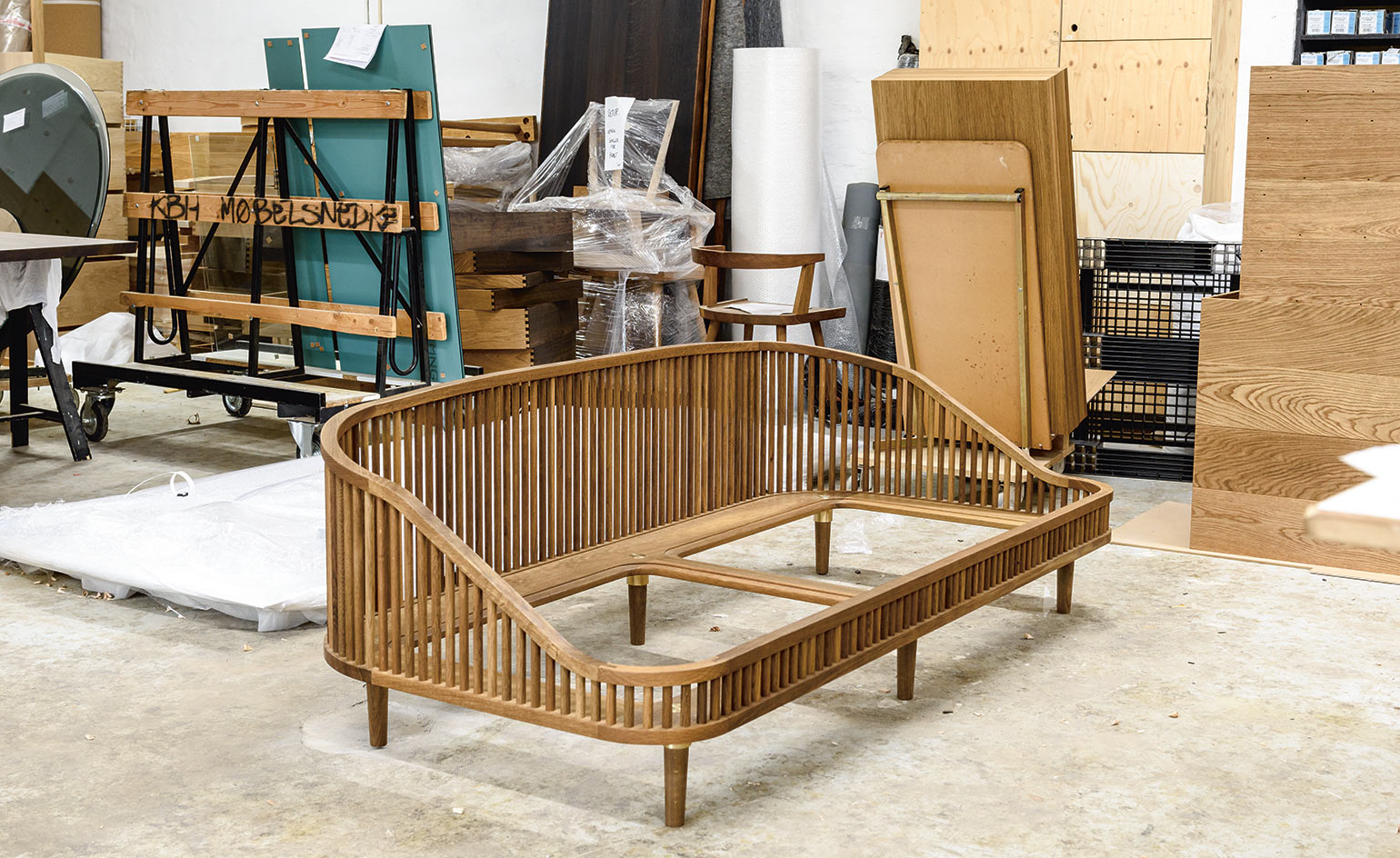
Created for Wallpaper* Handmade, KBH's sofa is constructed from a smooth, fumed oak bentwood frame, treated with oil by hand, and assembled with a series of oak rods in varying lengths.

Kim Dolva, of KBH, discusses fabric possibilities with Raffaele and Caterina Fabrizio of Dedar.
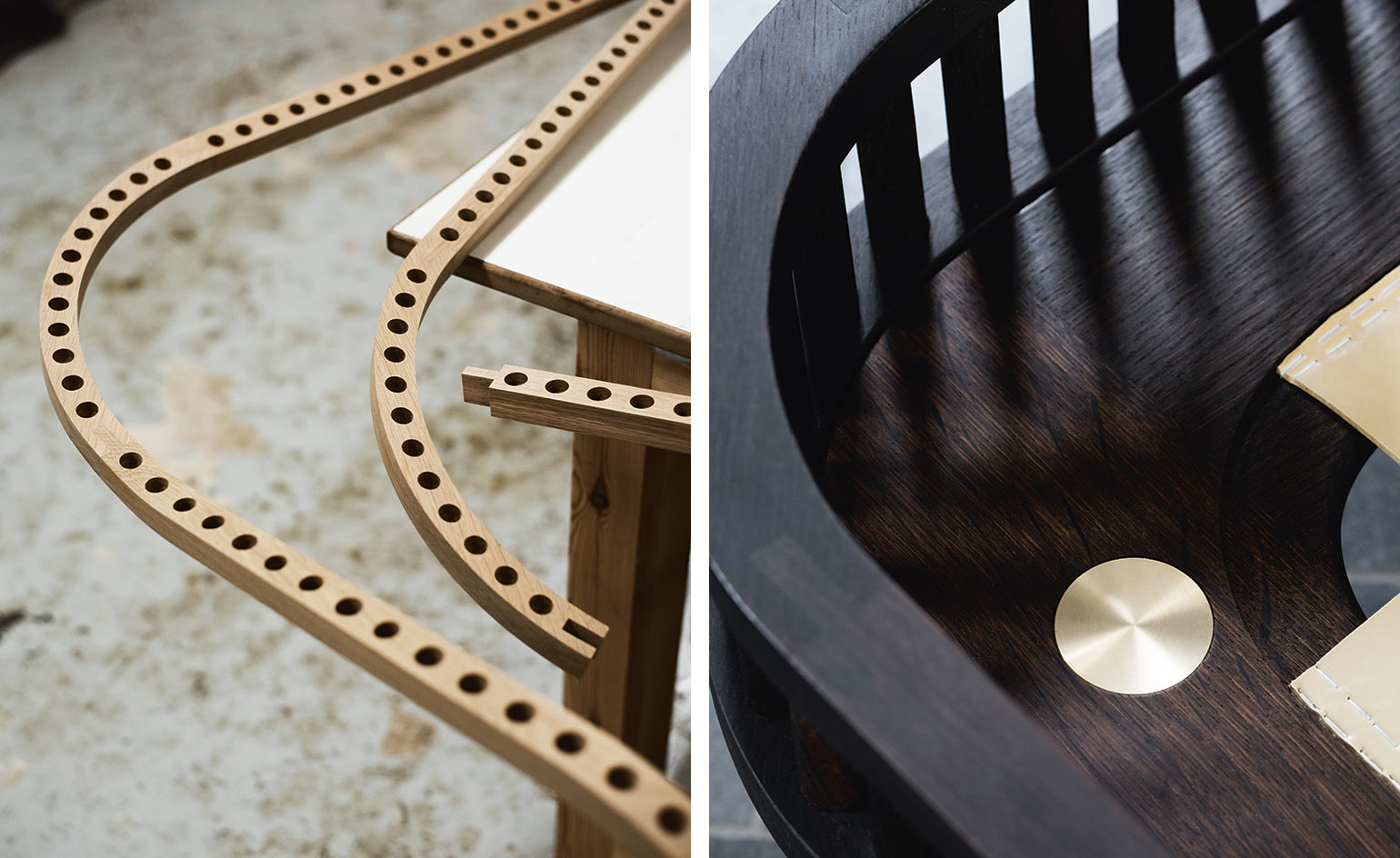
The legs are fixed in place using brass joints.
INFORMATION
For more information, visit the Dedar website or the KBH website
Receive our daily digest of inspiration, escapism and design stories from around the world direct to your inbox.
Ellie Stathaki is the Architecture & Environment Director at Wallpaper*. She trained as an architect at the Aristotle University of Thessaloniki in Greece and studied architectural history at the Bartlett in London. Now an established journalist, she has been a member of the Wallpaper* team since 2006, visiting buildings across the globe and interviewing leading architects such as Tadao Ando and Rem Koolhaas. Ellie has also taken part in judging panels, moderated events, curated shows and contributed in books, such as The Contemporary House (Thames & Hudson, 2018), Glenn Sestig Architecture Diary (2020) and House London (2022).
-
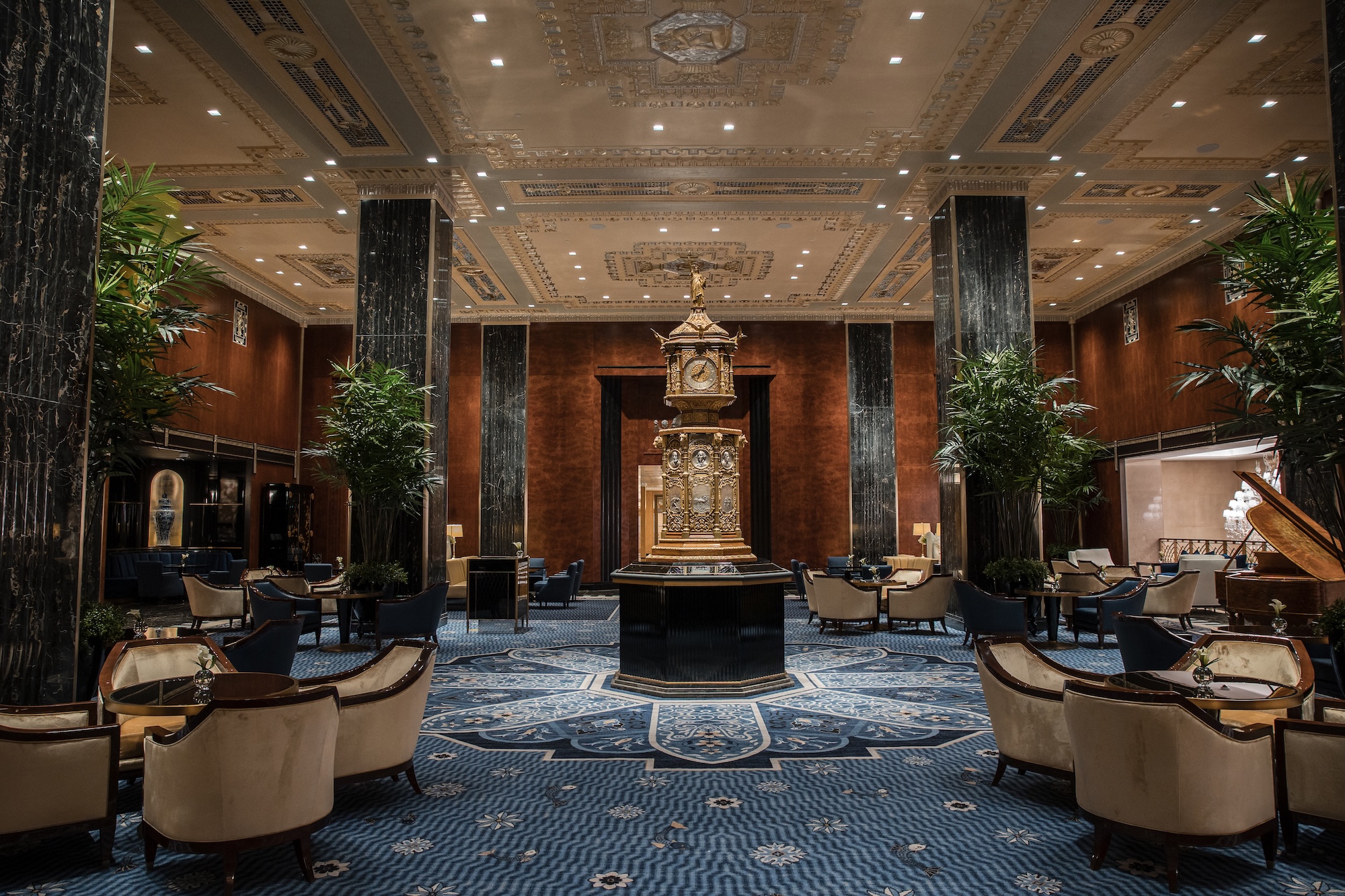 Is the Waldorf Astoria New York the ‘greatest of them all’? Here’s our review
Is the Waldorf Astoria New York the ‘greatest of them all’? Here’s our reviewAfter a multi-billion-dollar overhaul, New York’s legendary grand dame is back in business
-
 Colleen Allen’s poetic womenswear is made for the modern-day witch
Colleen Allen’s poetic womenswear is made for the modern-day witchAllen is one of New York’s brightest young fashion stars. As part of Wallpaper’s Uprising column, Orla Brennan meets the American designer to talk femininity, witchcraft and the transformative experience of dressing up
-
 A new Korean garden reimagines tradition for the 21st century
A new Korean garden reimagines tradition for the 21st centuryThe new Médongaule Korean Gardens in Gyeonggi Province explore the country’s rich tradition; within it, the Seongok Academy Building provides a layered spatial experience drawing on heritage and a connection with nature
-
 24 hours in Copenhagen: stay, bike, dine, and discover Danish design
24 hours in Copenhagen: stay, bike, dine, and discover Danish designPlan your 24 hours in Copenhagen: sleepover in a former brewery, wake up with a wild swim, and immerse yourself in the home of a modernist master
-
 Peter Beard’s biographer, Christopher Wallace, on writing the wild life of the quintessential Twentieth-Century Man
Peter Beard’s biographer, Christopher Wallace, on writing the wild life of the quintessential Twentieth-Century ManAuthor Christopher Wallace traces the footsteps of the original playboy-artist-activist Peter Beard, travelling from Kenya, to the Serengeti, Cassis and beyond
-
 Estelle Manor is a chic take on the hotel and country club
Estelle Manor is a chic take on the hotel and country clubEstelle Manor, a transformed Grade II-listed house and estate in Oxfordshire, welcomes guests with Roman and Williams interiors, parasols by the pool, and a soon-to-open tepidarium
-
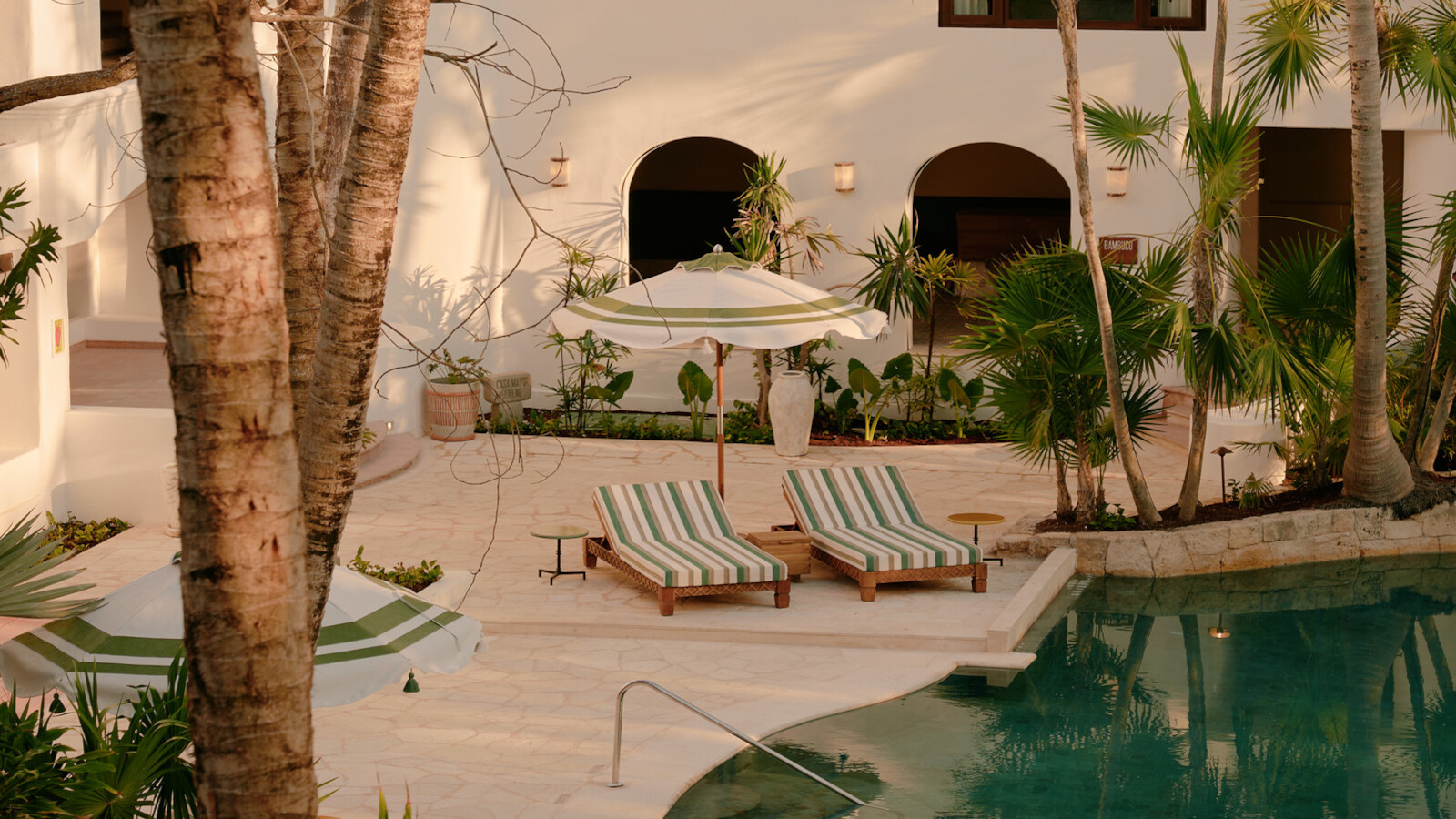 Maroma, A Belmond Hotel, Riviera Maya opens following a major redesign
Maroma, A Belmond Hotel, Riviera Maya opens following a major redesignOn the Yucatán Peninsula, the new-look Maroma showcases local craftsmanship and Mayan tradition with interiors led by interior architecture studio Tara Bernerd & Partners
-
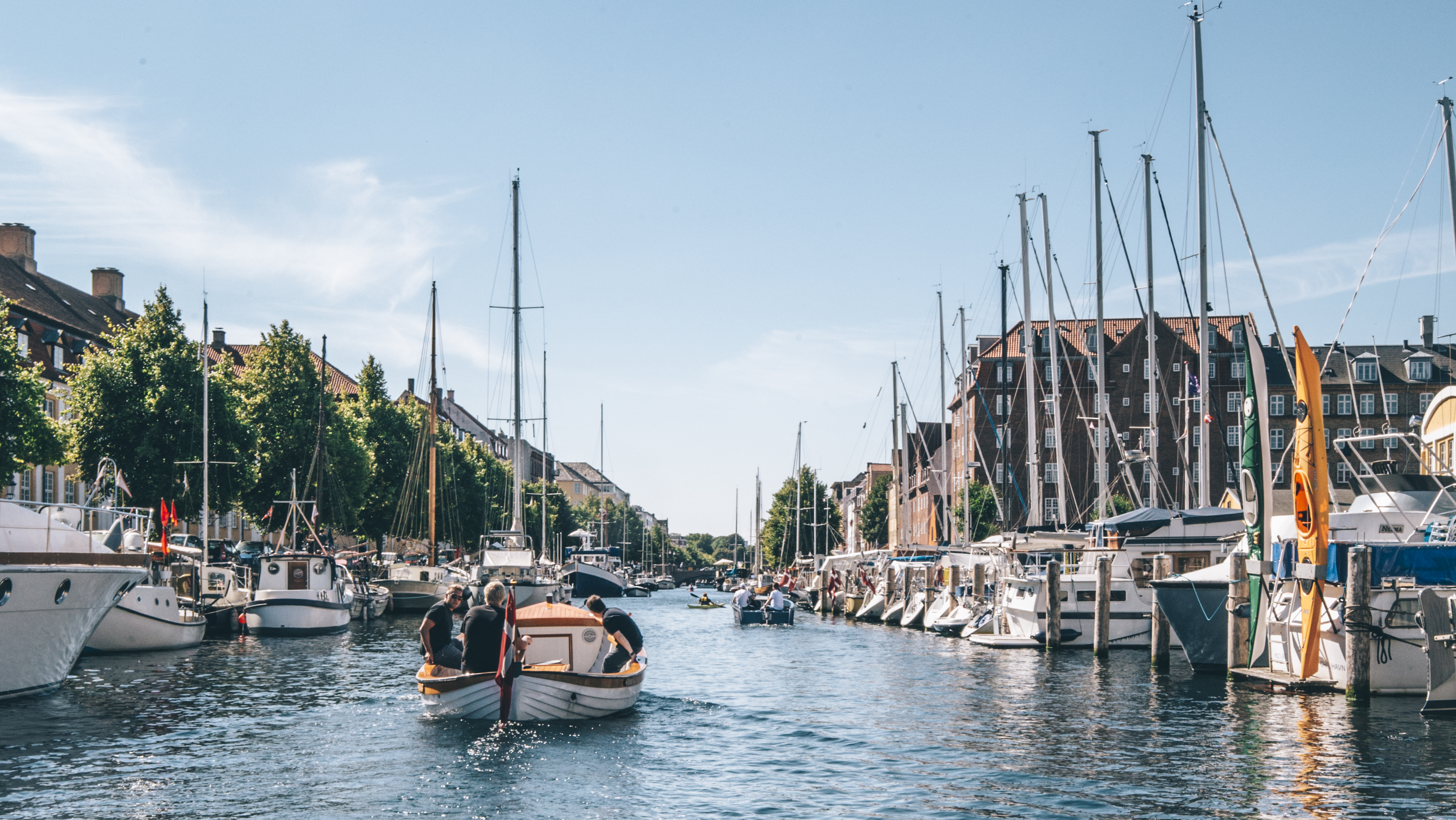 A weekend in wonderful Copenhagen
A weekend in wonderful CopenhagenThe ultimate weekend in Copenhagen starts here: discover the latest openings across the UNESCO World Capital of Architecture, stay in a hotel afloat, start your day with brilliant baked goods and ski down a power-station piste
-
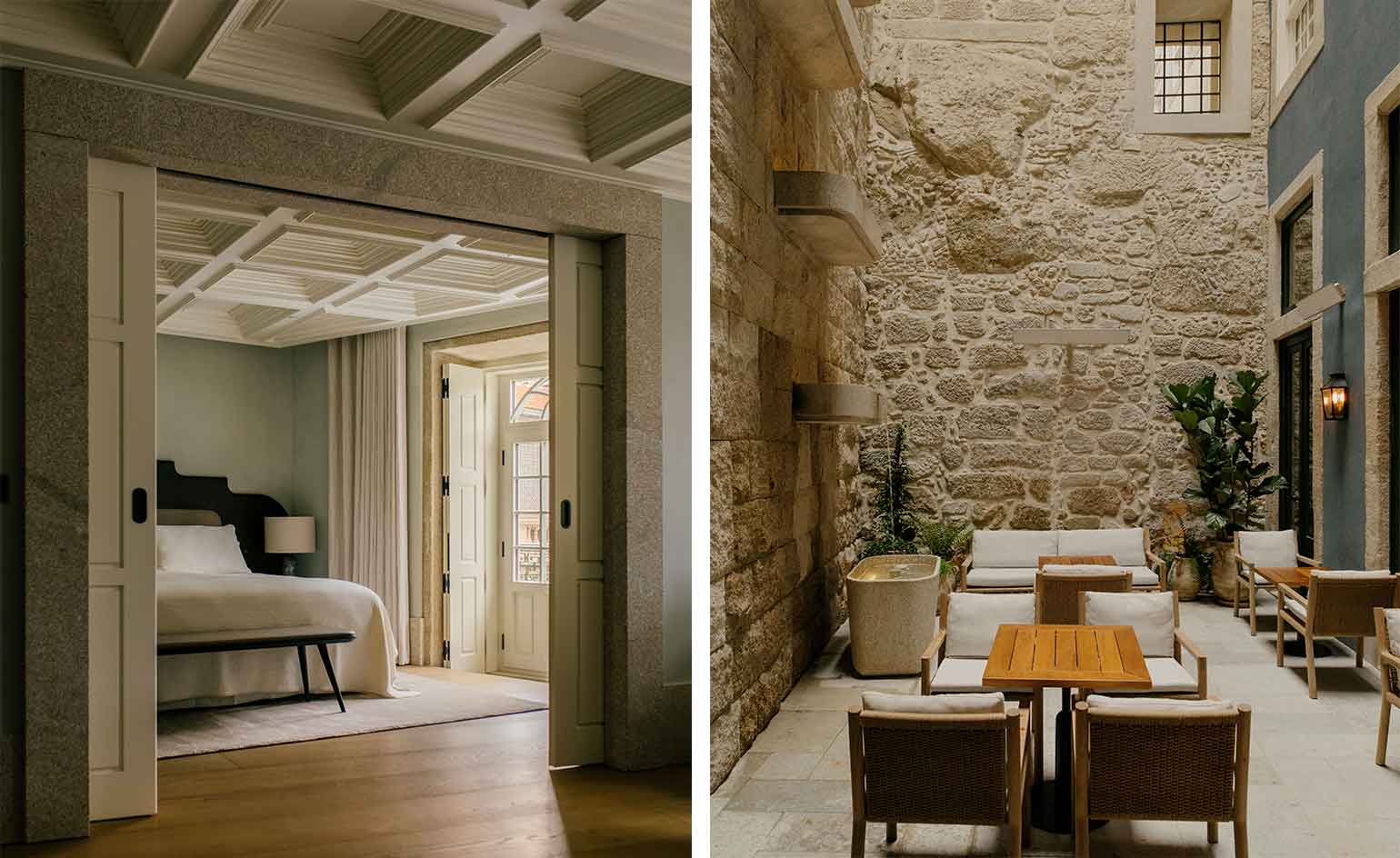 The Largo brings craftsmanship and creativity to Porto
The Largo brings craftsmanship and creativity to PortoThe Largo is the latest hospitality offering in Portugal's second city, conceived as an elevated residence with an art programme that connects it to the city’s creative community
-
 Louis Vuitton opens its summertime café in Saint-Tropez
Louis Vuitton opens its summertime café in Saint-TropezThe Louis Vuitton café in Saint-Tropez combines the brilliance of Michelin-starred chef Arnaud Donckele and pastry chef Maxime Frédéric for a one-of-a-kind Mediterranean feast
-
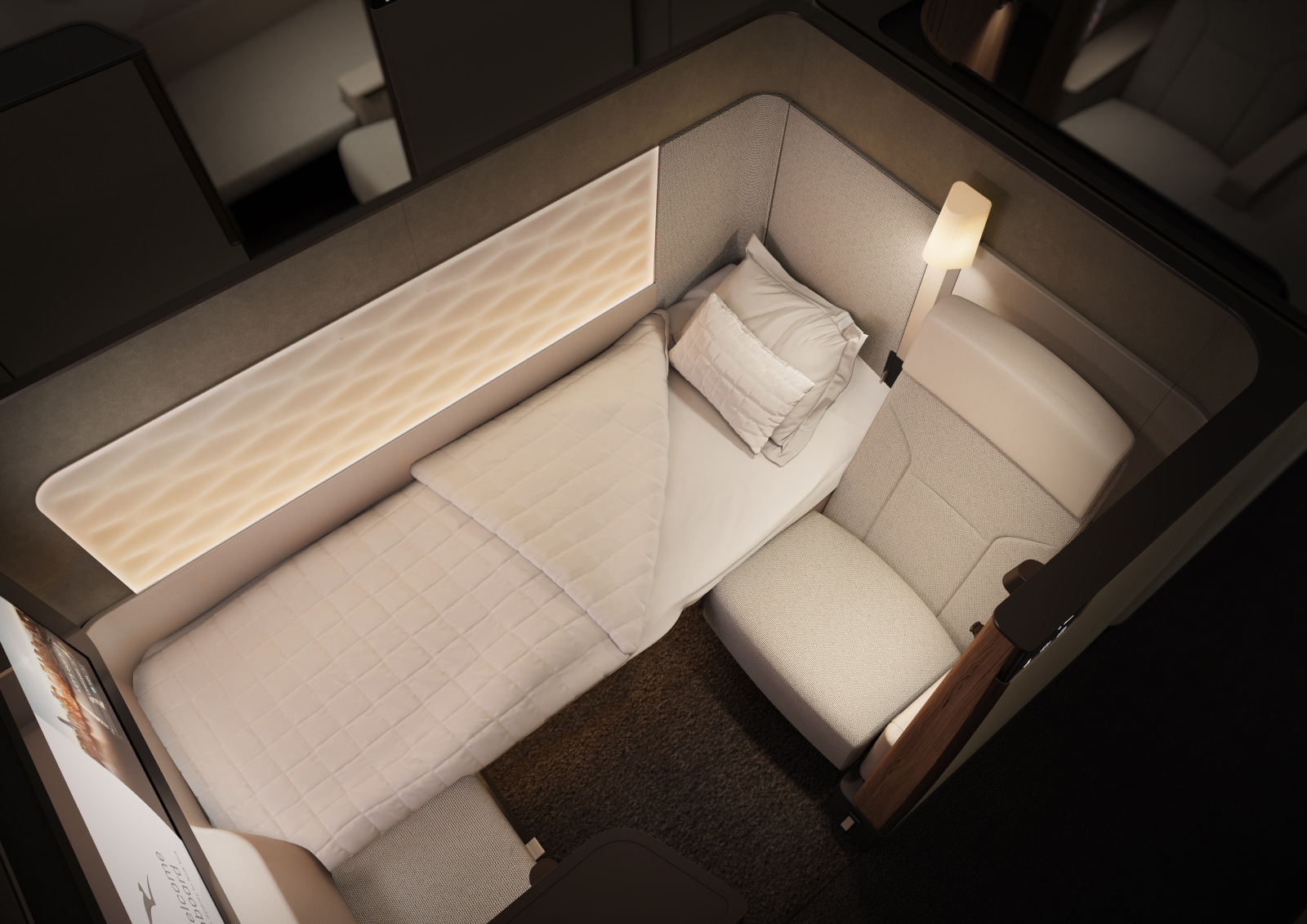 Qantas’ Airbus A350 cabins make non-stop to Australia a dream ticket
Qantas’ Airbus A350 cabins make non-stop to Australia a dream ticketExplore Qantas’ slick new Airbus A350 cabins, designed by David Caon, including minimalist first class suites